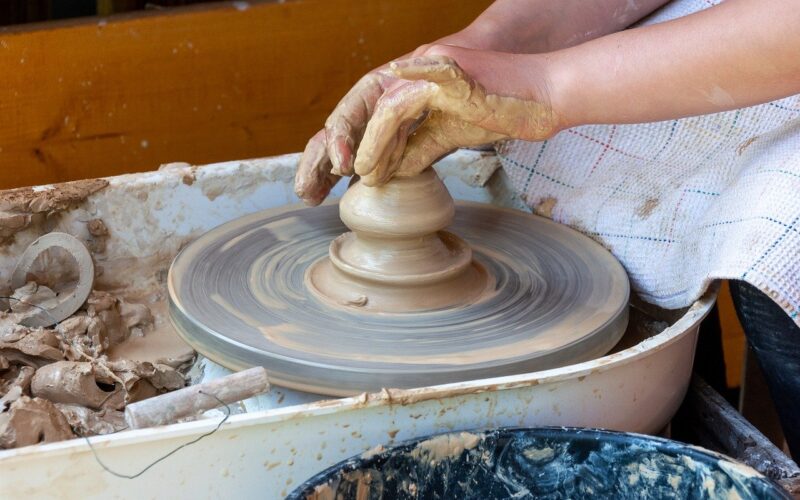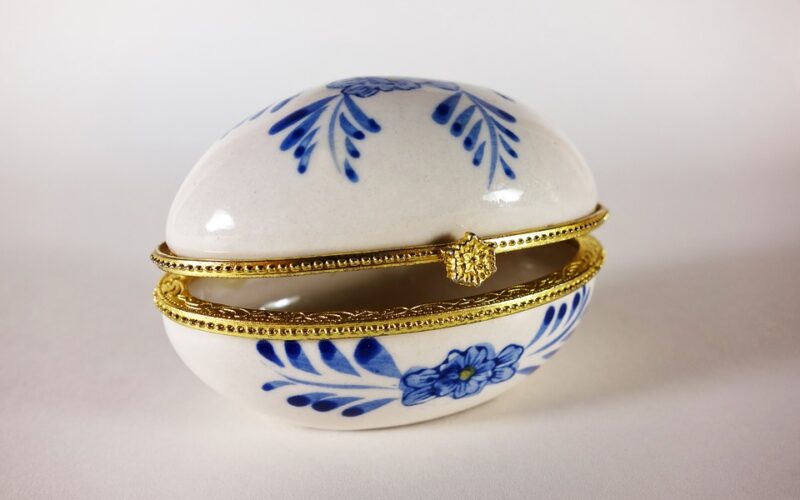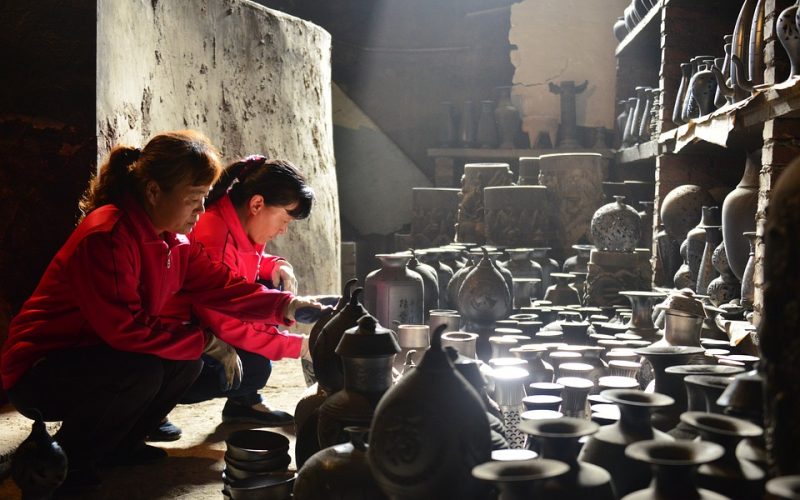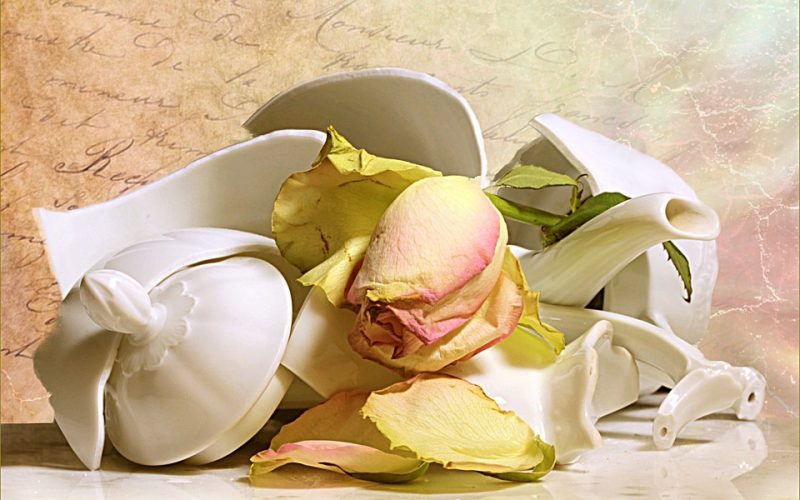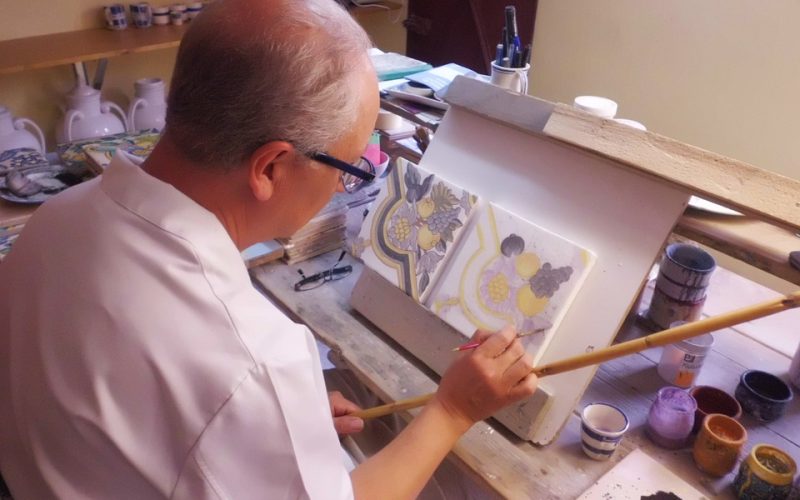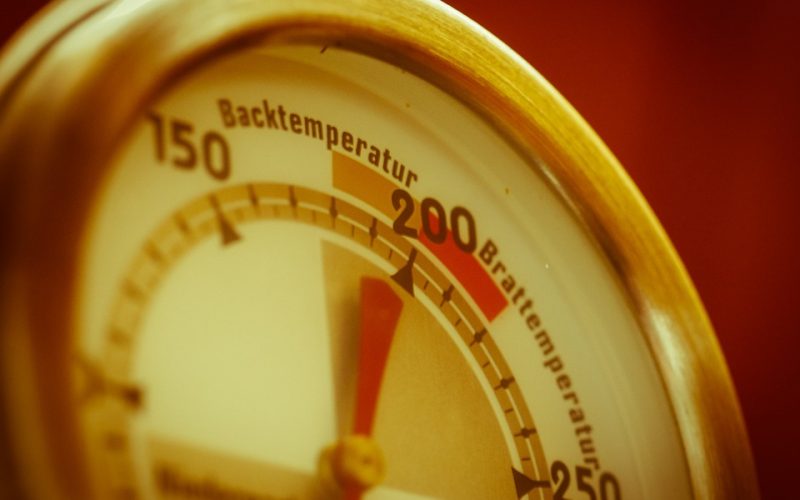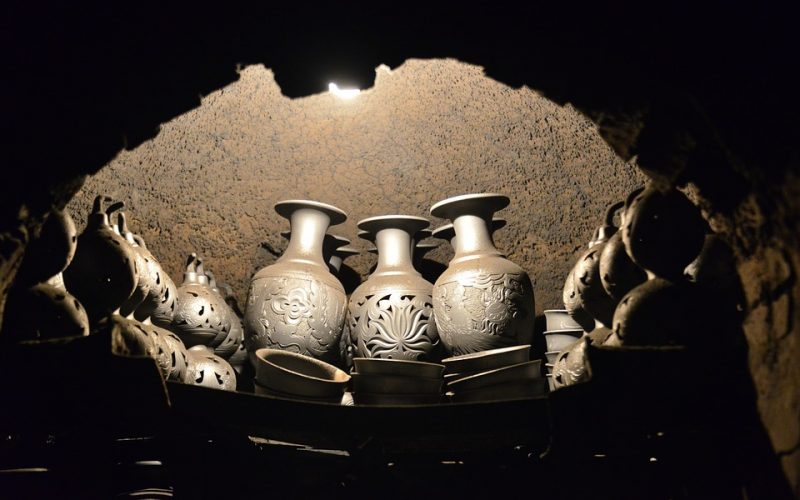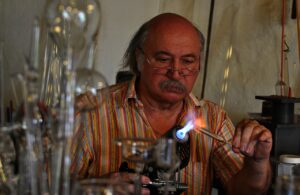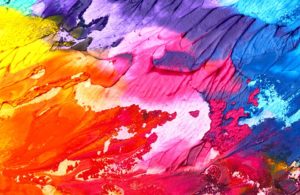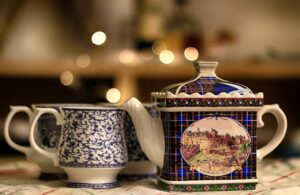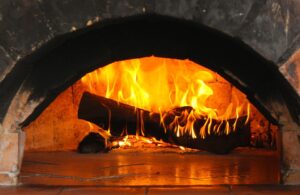Latest Articles
The Joys Of Pottery Making
Pottery making is often perceived as a hobby reserved for the artistic or those with specialised skills. However, this centuries-old craft is much more accessible...
READ MOREWorking with Wax
It would seem that decorating a bisque piece and firing it in the kiln is a relatively easy processes, but there are sometimes many steps...
READ MOREFiring to Create Porcelain and China Pieces
Kilns create an amazing transformation with clay, and they turn a dark and heavy substance into an entirely new material. The composition of the original...
READ MOREAvoiding Damage in the Kiln
No matter the style of ceramic being fired, potters know that a piece must first survive being fired in a kiln to be decorated. Damage...
READ MOREThe Ceramic Manufacturing and Decorating Process
In most processes, such as plastics manufacturing, material is produced and then formed into the final product. Making ceramics is a process wherein the form...
READ MOREKilns Need Both Temperature and Time
Kilns are amazing tools that can help you create beautiful pieces of art from clay. But they can also be frustrating if you don't understand...
READ MOREThe Basic Working of a Pottery Kiln
Pottery kilns are more or less ovens for heating clay and ceramic pottery. They function much the same as the oven in a home kitchen....
READ MORE